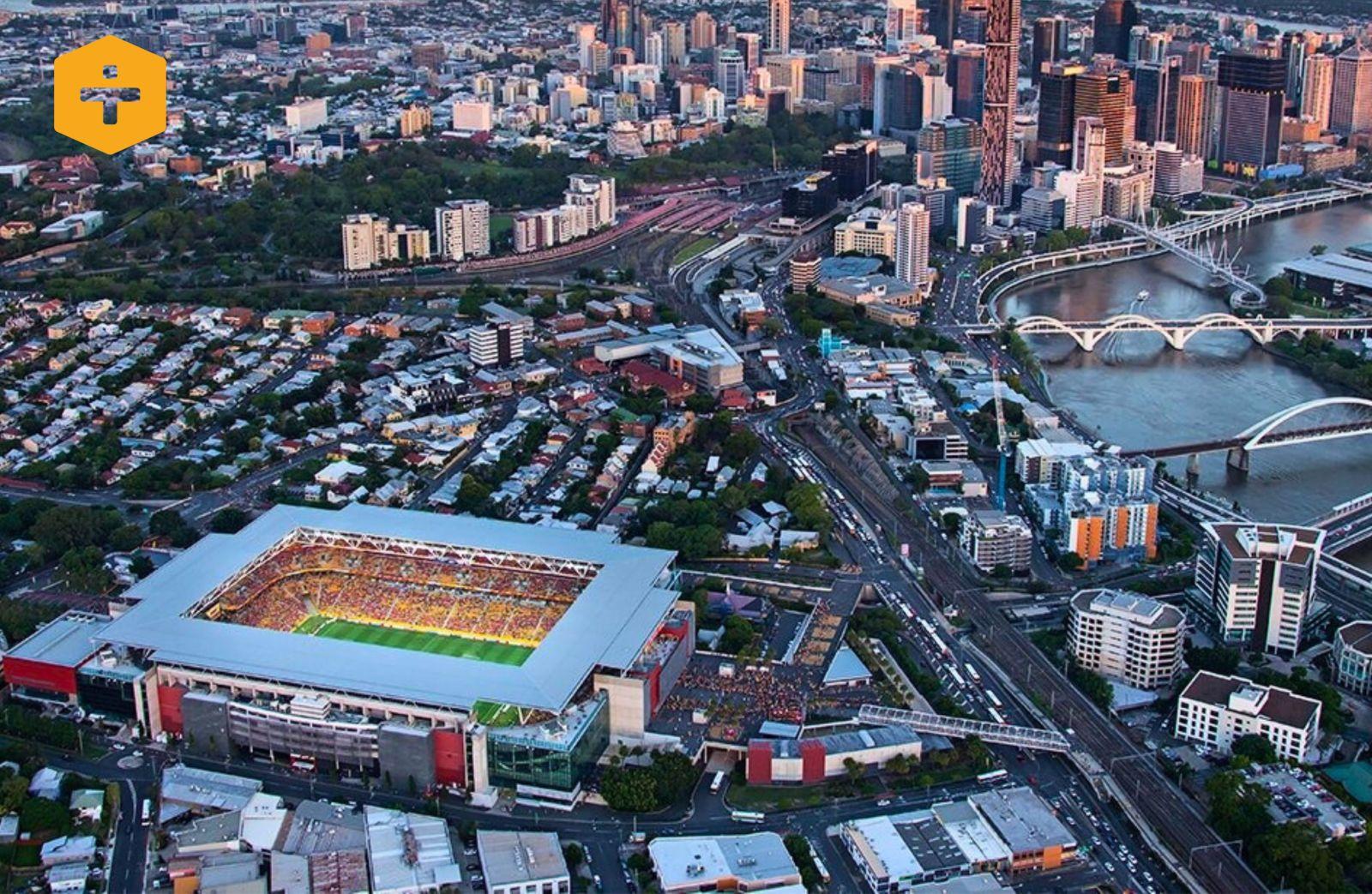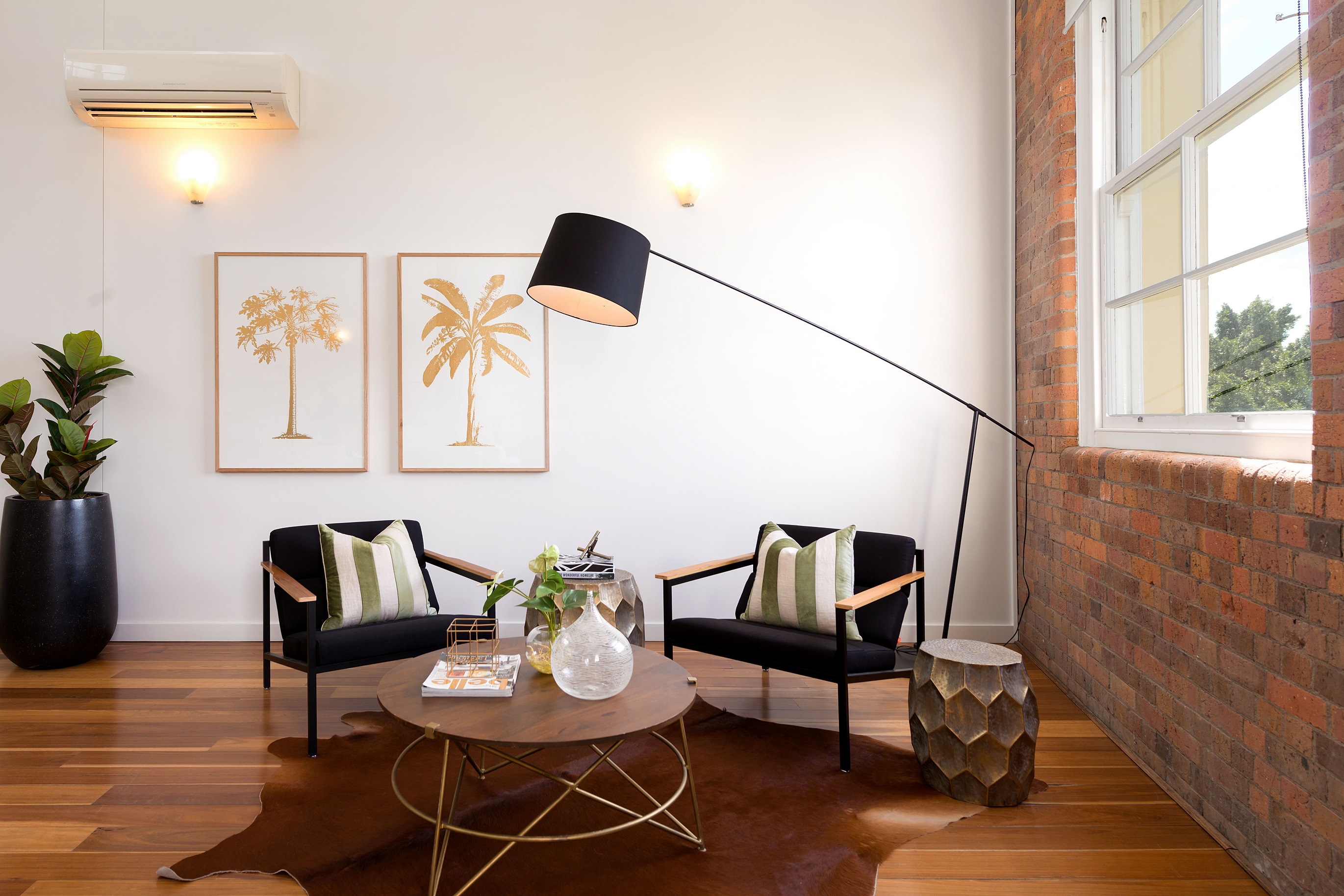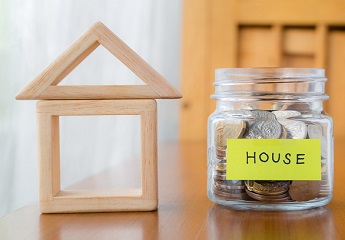
No pressure, Graham Quirk.
That's a sizeable understatement, of course.
The well-respected former Brisbane lord mayor has just spent 60 days leading a review of the controversial venue masterplan for the city’s 2032 Olympics.
On March 18, he will release his eagerly awaited report and the pressure is on big time to get it right.
There is a lot at stake—not least for Queensland’s already challenged property development sector.
In January, Quirk—dubbed “the father of the Brisbane Olympics bid” for leading its early charge—accepted the unenviable task of getting the multibillion-dollar Games infrastructure program back in the blocks after a polarising false start.
The massive Games pipeline was paused pending Quirk's review following public backlash over a $1 billion to $2.7 billion cost blow-out for the planned Gabba Stadium rebuild.
Eight years out from hosting the world’s biggest sporting event, the starter’s gun is now reloaded and ready to be fired again.
Quirk has his finger firmly on the trigger and the ambitious carbon-neutral, cost-neutral finish line is still in sight.
However, as some of the its city-shaping powerbrokers have warned, there cannot afford to be another false start if the Queensland capital is to bask in its golden moment beyond the Olympics.

▲ The review is due to be handed down on March 18.
“We can’t screw it up. We have an obligation not to”.
They are the blunt but earnest words of advice from Brisbane-based global venue management maestro Harvey Lister.
As the Asia Pacific chairman of ASM Global—a company with a worldwide portfolio of more than 300 venues, including Brisbane’s Suncorp Stadium—he knows more than most what’s at stake in getting it right.
Also, more than most—not that he shies away from it—he clearly has a vested interest.
“I don't see the Olympic Games for this city or any city as actually being the finishing line,” Lister told The Urban Developer. “I just see it as a bump in the bar chart along the way, a positive thing. But cities need to be looking forward and building for the future.”
As such, he says, he is expectation from the Olympic infrastructure masterplan review is “some common sense decisions ... [that] take it forward and bring it home”.
Earlier, speaking on a Property Council panel, Lister indicated he was “incredibly optimistic” that Brisbane was going to stage “a great Olympic Games”.
“The Olympic Games isn’t the most difficult event in the world to run … the organisation is incredibly good at transferring knowledge from [host] city to [host] city.”
He says through its staging of the 1982 Commonwealth Games, World Expo 88 and other major events Brisbane has grown in confidence.
“There’s a lot of ambition out there, among people who want to contribute and participate and volunteer and do things. And they want us, collectively, not to screw it up.
“And that’s the bit that we have to focus on. We haven’t done terribly well yet but I’m confident we are going to.”

▲ We have a big round stadium and a big rectangular one. And they’re both doing the job, says Lister.
As for the furore over the proposed Gabba redevelopment and, if not there, where the centrepiece stadium for the Games should be, Lister says Brisbane is in a unique position.
“We have a big round stadium and a big rectangular one. And they’re both doing the job.”
The Gabba, he says, has “a real soft spot in the hearts of people from Brisbane” and it should not be dropped as an Olympic venue but “it needs a significant upgrade”.
As well, he says long before Brisbane bid for the 2032 Olympics it already needed Brisbane Live, a planned 17,000-seat multi-purpose indoor arena earmarked for a site above the Roma Street train station in the CBD.
It was Lister’s brainchild after all.
“Notwithstanding the dark forces of evil who’ve been trying to sink it, I haven’t given up on the concept,” he says. “For the next 100 years, that's the right site for Brisbane.”
Thought was also being given, he revealed, to upgrading the nearby 52,500-seat Suncorp Stadium to a 60,000-plus capacity—particularly given the suggestion from the International Olympic Committee’s John Coates that it could be used for the opening and closing ceremonies.
“If there is a stadium in Brisbane that is under pressure for having more capacity, then it’s Suncorp Stadium without a doubt,” Lister says. “But that would be a decision for government, of course.”
According to former state Labor minister and Australian Rugby League commissioner Kate Jones some “big and brave” decisions need to be made going forward, including overcoming restrictive planning regimes.

▲ Former state Labor minister and Australian Rugby League commissioner Kate Jones: One chance to get this right.
“Because of the size that we are compared to a Paris, compared to an LA, there is so much potential for us to have a disproportionate upside.
“But as Harvey said there’s a lot of pressure not to stuff it up,” Jones told the Property Council panel.
“We have one chance to get this right and if we leave it to political day-to-day decision making, we’re not going to get there.”
Jones added: “We want to be a world-class city capable of hosting the largest event in the world but that means you're going to have some difficult decisions about land use.
“We don’t have the luxury of the past to just let things happen. We’ve always had so much space … we’ve been able to just kind of have our cake and eat it too.
“But we’ve got to cater for 6 million in SEQ by 2046. That's a huge change … and we can’t stumble our way through that.
“I think there is space for bravery.
“We need to call on all leaders at all levels to have deliberate decision making in consultation with industry.”

▲ Brisbane Economic Development Agency chief executive Anthony Ryan: This is Brisbane’s time.
Brisbane Economic Development Agency chief executive Anthony Ryan says Brisbane is now ranked 15 on a list of the world’s top sporting capital—well ahead of Melbourne at 26.
“They hate that,” he says. “And I think one of the reasons behind that is the fact that we have the Olympics sitting behind us.
“This is Brisbane’s time. Honestly, there are few times in a city’s history when you get the gift of an Olympics, you get the gift of a Queen's Wharf, you get the gift of major events and business events and aviation companies saying let's go to Brisbane.”
Ryan says there has been “extraordinary growth and evolution in an interest in the city” as a result of the Olympics that means more people can point to it on a map.
“That's what's going to drive investment. That's what’s going to drive a sense of optimism.”
He says the more the city starts driving major events, the more it drives other opportunities from a property development perspective.
“Every time Brisbane has stepped up to the plate to do a precinct, the naysayers go, ‘we haven’t got enough population, no one’s going to go out and everyone's going to stay at home’.
“And every time, that hasn’t happened. Instead, it has absolutely always brought more energy and more belief in the city. And I think that’s what the next eight years is leading into.”
Lister agrees.
“One of the great successes of any major event in Brisbane is our precincts. We do precincts better than anybody else in just about any other city that I can think of. And there's more to come.
“It's an extraordinary piece about our lifestyle that we don't need to be ensconced inside the hospitality space.
“And I think that's a really key point of difference.”
Nevertheless, he has one last piece of advice if the decision is made to go ahead and build a big brand new stadium.
“Put a roof on it,” he says.
“Then it would allow Brisbane to bid for some things that otherwise it might never have had a chance to.
“If we do it, it needs to be done properly. We shouldn’t skimp … but we’re then talking $4 billion to $5 billion.”
Lister says he understands the IOC’s approach of “don’t build white elephants that we don’t need”.
“There will come a time when Brisbane is going to need a 70,000 to 80,000-seat stadium. Is it today? Probably not.
“I don’t think we’re ready for it and I don’t think we can afford it.
“But we’ve also got to remember we’re competing with the rest of the world for these events and these buildings have to be at the top of their game, internationally.
“So I do think it would be good to start to think about where that might be built in the next couple of decades.”
*This post was originally published on https://www.theurbandeveloper.com/articles/brisbane-olympic-games-2032-review-findings?utm_source=TUD+-+Daily+Briefing&utm_campaign=b1bf46948e-EMAIL_CAMPAIGN_2021_08_11_01_49_COPY_01&utm_medium=email&utm_term=0_982c36d415-b1bf46948e-195663826




